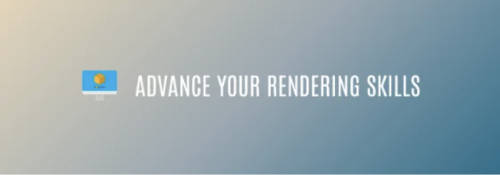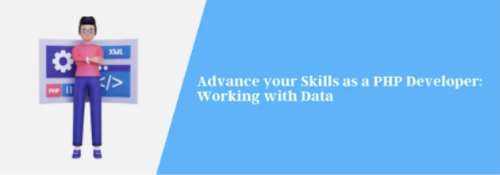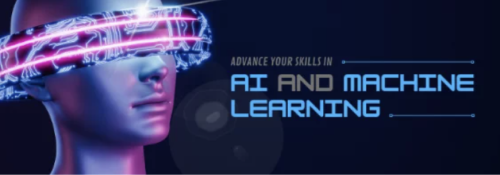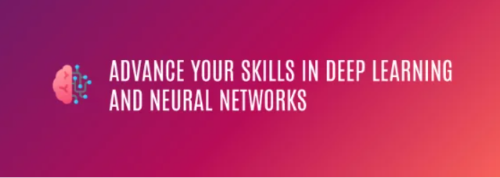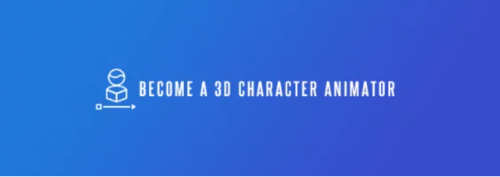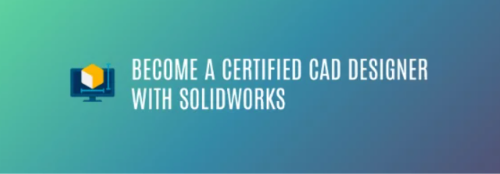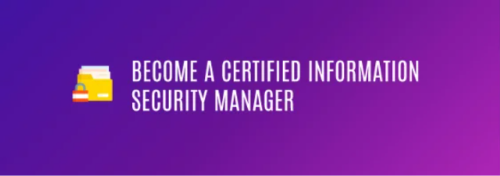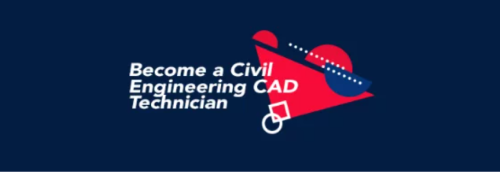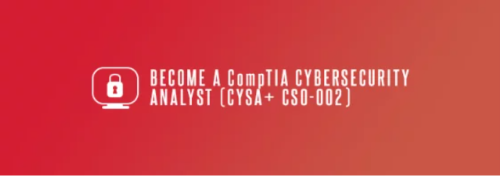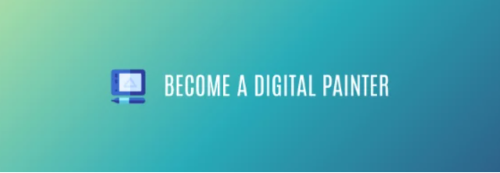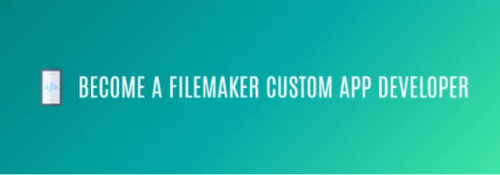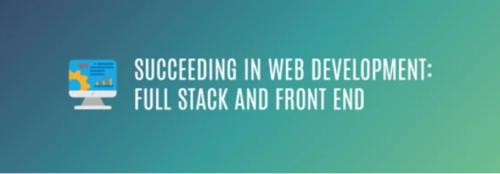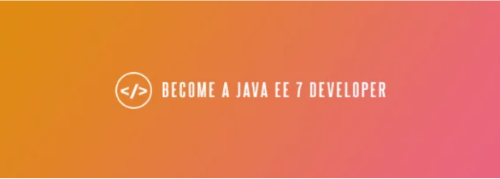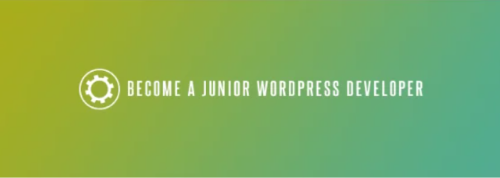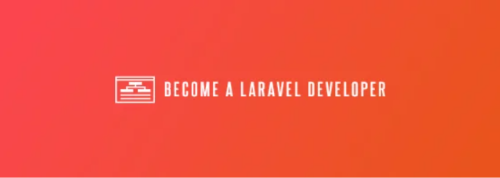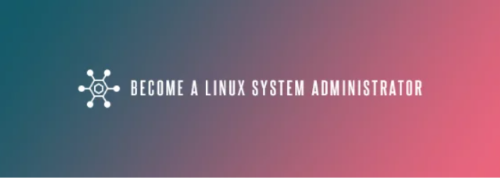IT Short Courses in the Philippines
Information Technology is a fast-evolving field so professionals in the field need to stay updated. To address IT professionals’ needs to keep learning and upskilling, OEd PostGrad offers computer short courses that target the most relevant knowledge and skills in the field.
Our Online Computer Short Courses in the Philippines
Computer Short Courses Objectives
OEd PostGrad’s computer short courses in the Philippines seeks to refine IT professionals’ knowledge and skills.
Here are the IT online course’s main objectives:
- To improve candidates’ technical knowledge and skills to successfully advance, shift to a career in a different field, or pursue post-graduate studies.
- To challenge candidates to apply the skills they acquired in the online IT course in real-life scenarios.
- To equip candidates with critical and strategic thinking that translates to improved decision-making.
- To provide candidates with insights into emerging trends and technologies, equipping them with the foresight to stay relevant in the dynamic IT landscape.
- To provide students with a global perspective on best practices and trends that would enable them to navigate the dynamic field of Information Technology effectively.
3ds Max is one of the world’s leading modeling and rendering software packages. In this learning path, you can explore many of the main renderers used with 3ds Max and build your rendering skill set.
Compare various renderers compatible with 3ds Max.
Explore new options for rendering in 3ds Max.
Practice using new renders with 3ds Max.
Deepen your core PHP knowledge by leveraging more of the built-in functionality and libraries. Discover how to use the provided data structure, iterators, interfaces, exceptions, and classes to get the job done.
Practice working with the Standard PHP Library (SPL).
Learn to securely manage files and emails.
Build clean URLs.
Take the complexity out of working with data by learning how to connect to databases and manipulate values using PHP. Learn how to fetch result sets by executing queries, discover how to implement persistent sessions, find out how to simplify access to directories, and more.
Learn how to use PDO and MySQLi to access databases.
Manage persistent sessions between servers and clients.
Practice asynchronously loading content to your site using Ajax.
Microsoft Azure is one of the leading enterprise-grade cloud computing platforms. This learning path provides IT professionals who have an existing knowledge of Azure with the skills they need to successfully manage infrastructure on Azure.
Create, scale, and monitor virtual machines.
Secure an Azure deployment.
Implement a BCDR strategy.
IT help desk specialists need technical knowledge and strong customer service skills to be able to successfully resolve issues. Improve how you perform system administration and maintenance while also enhancing your skills in communication, time management, conflict resolution, and teamwork.
Advance your skills in resolving hardware and software issues.
Learn how to prepare for certification.
Enhance your communication skills for successful interactions.
The R language is one of the top two languages you need to learn if you want build the strongest career path possible in data science. (The other is Python.) After mastering the basics of R, take your skills in data science into highly valued areas of specialty with this learning path.
Learn R in the context of the R tidyverse.
Createdata visualizations and presentations.
Developbusiness analytics skills at an advanced level in Excel.
There’s a lot to learn and to stay on top of in the rapidly expanding universe of artificial intelligence and machine learning. Use the range of courses in this learning path to augment your skills related to AI, ML, and data science by reviewing data analysis tasks and exploring top platforms.
Build advanced-level algorithmic techniques.
Learn how to analyze data using Wolfram Mathematica.
Master the machine learning capabilities of Apache Spark.
The hottest new frontier in the universe of AI and machine learning is in deep learning and neural networks. This learning path is your entryway into the tools, concepts, and finer points of computer vision, natural language processing, and more.
Master the basics of computer vision.
Explore the applications of building neural networks.
Learn how natural language processing (NLP) works.
Use your creativity and technical skills to bring characters and stories to life as a 2D digital animator. Learn how to go from concept to finished animation, using industry-standard tools and the latest techniques from prominent animators in the business.
Learn the basics of animation and character development for 2D.
Apply storytelling principles to your animations.
Practice with exercises in Adobe Animate and Toon Boom Harmony.
Channel your creativity and technical savvy to breathe life into simple characters as a 3D character animator. Learn to apply the basic principles of animation and the processes used by professionals to model, rig, and animate characters in digital environments.
Apply storytelling principles through animation.
Design, rig, and animate characters in Maya.
Discover best practices from experts in 3D animation.
Get the basic skills you need to begin your career as a 3D visual design specialist. Learn to take 2D designs and visualize them in 3D. Develop a strong understanding of how design, form, materials, lighting, color, and environment play roles in 3D visualization.
Learn essential 3D software skills for visualization.
Practice translating 2D designs into 3D visualizations.
Learn the foundational skills of back-end web development and put them into practice using the popular server-side programming language Node.js. Work with databases, test your code, build and consume RESTful APIs, and dig deeper into security and HTTP.
Note: This path is designed for web developers who know the basics of programming, HTML, JavaScript, and CSS, and those who have completed the Become a Web Developer learning path.
Learn how to persist data in your applications.
Build and consume RESTful web services.
Secure your application’s data.
Master the basics of SOLIDWORKS, the industry-leading CAD software. This path includes essential training, project-based courses, and certification prep that will help advance your manufacturing career.
Build a solid foundation in 2D and 3D parts modeling.
Create manufacturing ready parts and assemblies.
Prepare for the Certified SOLIDWORKS Exams.
Prepare for the ISACA Certified Information Security Manager (CISM) exam, a certification that distinguishes you as having knowledge and experience in the development and management of an information security program.
Civil engineering CAD technicians use industry-leading software to prepare structural designs for construction. Get the skills needed to succeed, from 2D and 3D drawing to building and verifying designs for major construction projects.
Learn digital drafting to build and verify designs.
Create 2D and 3D drawings to prepare designs for construction.
Design in AutoCAD and Civil 3D with expert best practices.
Obtaining the CompTIA Cybersecurity Analyst (CySA+) certification validates that you have the knowledge required to prevent, detect, and combat cybersecurity threats. The courses in this learning path map to the seven domains of the CySA+ exam and can help you take your career to the next level.
Build extensive data engineering and DevOps skills as you learn essential concepts. With this learning path, master the tools of the trade and how to apply them in real-world data project environments and platforms.
Build a foundation in data engineering and data science DevOps.
Explore techniques deployed in common tools and platforms.
Develop deeper skills in data science application programming.
Whether you’re working in IT or simply have an interest in entering the exciting field, this learning path will support you in developing a career in data science. Learn about the fundamental stages of data science work, from Statistics and Systems Engineering to Data Mining and Machine Learning.
Build a solid foundational understanding of statistics, which is necessary for any data science-related field.
Discover the many categories of job specialization within Data Science.
Learn how to source, explore, and communicate with data through graphs and statistics.
Are you a developer learning continuous delivery, a sys admin keeping current, or a new engineer getting started? This Learning Path helps you gain skills to work in DevOps. Learn about infrastructure automation, lean and agile transformation, security, monitoring, and site reliability engineering.
Discover how to adopt DevOps at your organization.
Explore tools and concepts for infrastructure automation.
Build a continuous delivery pipeline using practices.
Bring your illustration talent into the digital realm and discover how to create art for advertising agencies, design studios, and the entertainment industry. In this path, you’ll learn to create logos and illustrations using today’s best design software for digital illustrators.
Learn to draw vector graphics and digitize hand drawn art.
Optimize your workflow and seamlessly move through applications.
Practice with essential training in industry leading software, including Illustrator and Adobe Pen.
Whether you are a traditional painter looking to transition to digital work or you have never picked up a brush, learn the essential concepts and skills you need to become a digital painter.
Learn essential digital painting software like Painter and Photoshop.
Practice mixing paint, working with layers and brushes, and sketching in a digital environment.
Explore best practices and insights from professional artists.
It’s never been a better time to become a custom app developer. Learn to create innovative apps that work seamlessly across iPhone, iPad, Windows, Mac and the web on the FileMaker Platform. Whatever your level of experience, get the training for this high-demand opportunity!
Created in collaboration with FileMaker.
Design and build smart, secure custom apps with FileMaker Pro 17.
Learn to work effectively on virtual teams.
Master the fundamentals of project management and freelancing.
Get the skills to work with both back-end and front-end technologies as a full-stack developer. You’ll develop a solid foundation for working with servers and host configurations, performing database integrations, and creating dynamic, data-driven websites.
Learn the foundations of programming for full stack developers.
Practice with a variety of popular platforms in full stack developer careers.
Explore core server languages like PHP, Node.js, .NET,and Ruby on Rails.
Graphic designers create visual concepts that inspire, inform, and transform. Use industry-leading tools to build innovative design projects and discover the skills needed to become an in-demand visual thinker and communicator.
Build a solid foundation in the elements of design: typography, color, and layout.
Explore the design process to visualize compelling ideas.
Practice with hands on exercises in InDesign, Illustrator, and Photoshop.
Java EE is a powerful platform for building enterprise-scale Java applications. Get the skills to work with both client- and server-side technologies as a Java EE developer. This path requires knowledge of Java and object-oriented programming, covered in the Become a Java Programmer learning path.
Build dynamic applications that pass data from client to server.
Work with data by building and consuming RESTful APIs.
Deploy your applications to the cloud.
Java is the core language for Android and many enterprise web applications. Begin your path toward becoming a professional developer by building a solid foundation in the Java language.
Learn the fundamentals of programming with Java.
Discover solutions to common Java programming challenges.
Build mobile, desktop, and web applications with Java.
Get the skills you need to develop custom websites powered by WordPress. With this learning path, you’ll build a solid foundation for developing your advanced WordPress skills. Go beyond simply choosing WordPress themes, and learn how to actually manipulate WordPress to build content and designs that match your unique needs.
Learn the essentials of WordPress and web standards.
Build a custom WordPress theme.
Discover advanced developer tools and techniques.
Laravel is a popular PHP MVC framework designed to help developers build elegant, secure, and scalable web applications. Get the skills to build full-stack web applications with Laravel in this fast-paced learning path.
This path requires basic knowledge of HTML, CSS, JavaScript, and Git, as covered in our Become a Web Developer learning path.
Build dynamic apps that pass data from client to server.
Work with data by building and consuming RESTful APIs.
Create beautiful front-end sites with Vue.js.
This learning path helps IT pros develop the Linux system administration skills they need to manage and maintain a Linux environment. Beginning with an overview and installation, you can progress to package management, shells and processes, and intermediate and advanced Linux skills and tools.
Understand the skills and tasks necessary to install and manage CentOS.
Manage packages with RPM, YUM, dpkg, and APT.
Explore the tools and steps necessary to configure and manage a Linux network.
Learn full-stack JavaScript development with one of the most popular open-source stacks: MongoDB, Express, Angular, and Node.js (MEAN). Discover how to build lightning-fast applications on the JavaScript runtime environment. In this comprehensive learning path, you can learn how to build data-driven applications, as well as test, secure, and deploy your code. This path requires basic knowledge of HTML, CSS, JavaScript, and Git, which are covered in our Become a Web Developer Learning Path.
Build web apps using Angular and Node.
Work with data using MongoDB and Express.
Test, secure, and deploy your apps.
Let Dennis Taylor show you how to create different kinds of Excel charts, from column, bar, and line charts to exploded pies, and decide which type works best for your data. Plus, learn how to fine-tune your chart’s color and style; add titles, labels, and legends; insert shapes, pictures, and text boxes; and pull data from multiple sources.
Author Dennis Taylor teaches you how to enter and organize data, perform calculations with simple functions, work with multiple worksheets, format the appearance of your data, and build charts and PivotTables. Other lessons cover the powerful IF, VLOOKUP, and COUNTIF family of functions; the Goal Seek, Solver, and other data analysis tools; and how to automate many of these tasks with macros.
The course will expose students to a suite of open source software tools useful for knowledge workers. This includes software for word processing, spreadsheets, presentation, electronic mail, and graphics. Not only that, in this course, students will also know the fundamentals of Presentation Skills.
This course provides the students with the knowledge and skills necessary to install, configure, administer, and manage mail and web services. Topics include system installation and configuration, administrative utilities, creating and managing storage groups and stores, SMTP, configuring internet protocols, disaster recovery, and more.
This course is an introduction of the principles of network security, and the configuration of security on both separate and shared networks. It also provides detailed discussion on network security, including encryption techniques, design of secure systems and protocols, as well as enhancement for existing internet, and related protocols.
In PowerPoint 2010 Essential Training, author David Diskin demonstrates how to engage an audience with images, video, sound, charts, and diagrams in professional presentations. The course also covers a variety of methods to share presentations with others and provides comprehensive tutorials on how to design presentations that successfully deliver a quality message.
This course explores the first things to do after unpacking your new PC, including connecting to Wi-Fi, registering the computer, and personalizing your account. Expert author Joli Ballew then explores important backup and recovery options, including how to configure and use System Restore. She shows how to remove all the unnecessary and unwanted software and then add your desired software and apps. The course wraps up with some advanced tasks, including setting program defaults, configuring virtual desktops, adding users, and configuring family safety and security settings.
Join PC expert Dan Gookin as he takes you through diagnostic and repair steps. First, he explains how to determine if the source is hardware or software related. Then he provides instructions on how to resolve the most common issues, such as dealing with errors, running recovery processes, leveraging the Task Manager, fixing Windows, and more. In addition, he also demonstrates maintenance techniques to help protect storage drives and how to address problems you encounter with devices like printers and monitors. He wraps up with how to restore network and Internet connectivity.
This course deals with the software tools and environments for developing dynamic, secured and database-driven web applications using PHP and MySQL. Cross-Site Scripting (XSS) attacks, Cross-Site Request Forgery (CSRF/XSRF) attacks, SQL Injections, SSL Certificates, SSH and other security issues for a web application is also discussed in this course.
Being able to administer a Windows machine is a key skill for any Windows administrator. Keep your skills sharp and up to date with this Windows 10 administration training. Martin Guidry takes a detailed look at the operating system, focusing on the administrative tasks necessary for keeping Windows 10 in tiptop shape.
Learn all the essential features of Windows 10. This comprehensive course covers everything you need to know to install Windows, customize it to your liking, and start working with files and applications. Author Nick Brazzi shows how to manage folders, use Cortana to search and navigate, browse the web with the new Microsoft Edge browser, and work with Mail, Calendars, and People (aka contacts). Plus, learn about sharing via a home network, multiuser configurations, security and privacy, and troubleshooting Windows.
Start building better documents with Microsoft Word. In this course, author David Rivers teaches you the basics of creating, editing, and formatting documents in Word 2013. Discover how to leverage templates and building blocks to create a stylish document with instant purpose; collaborate with other writers and editors; create numbered and bulleted lists; and work with tables. Plus, learn to automate these tasks with macros, and use the proofing tools in Word to check spelling and grammar and more.
Learn how to use Word styles to help save time creating consistent and well-designed documents. Author Gini Courter demonstrates the benefit of styles and shows how to create, apply, and modify a variety of style types, from paragraph styles to list styles. More advanced topics include generating a dynamic table of contents from styles, using Quick Styles and style sets, restricting formatting and document use with styles, using keyboard shortcuts, and much more.
If you know how to use templates, you can become much more efficient in Word. In this course, Gini Courter helps you get the most out of templates in Word 2013. She shows how to find, open, and customize the thousands of existing templates, as well as how to transform your own documents into templates you can reuse again and again. Next, explore template styling and ways of locking down certain areas of a document to keep users from editing them. Then discover how to share templates—via email, a network, and SharePoint—and dig into advanced features, including building blocks, content codes, and add-ins.
Admission Requirements:
If you have a computer or a smartphone, you may use that device to enroll in the course you want. When it comes to payment options, we give you an option to pay using PayPal, GCash, or Dragonpay. If you’re currently outside the country, you may send your payment via an online bank transaction, remittance, or PayPal.
Get in touch with us if you have further inquiries.
For New Student Applicants
Click Register button in the menu bar.
To register, fill up the online form and click Register button.
To continue your enrollment, open http://portal.amauonline.com, enter your email address and password then click Login button.
In the notification block, you may enroll in short courses by clicking Here button. Choose course to enroll.
- Click enroll now.
- Click view payment details under short courses.
- Click go to payment.
- Select payment option.
- Click pay now button.
For Registered Users
Open http://portal.amauonline.com, enter your email address and password then click Login button.
In the notification block, you may enroll in short courses by clicking Here button.<?p>
- Choose course to enroll.
- Click enroll now.
- Click view payment details under short courses.
- Click go to payment.
- Select payment option.
- Click pay now button.
Computer Short Courses FAQs
Online short programs from OEd Postgrad offer great flexibility and lots of learning opportunities. It caters to busy professionals so you can upskill without adding stress to your life. Once you have completed our courses, you can use what you have learned to improve your performance and advance your career in IT.
OEd Postgrad prioritizes self-paced learning in our short courses, which means that we also offer flexibility for enrollees. We understand that IT professionals have demanding schedules, so we make sure that our courses are accessible.
Our IT short courses are open to anyone who is interested in learning. We offer beginner-friendly courses that will teach you the fundamentals of IT. These will help you prepare to pursue formal degrees later. However, we also offer courses tackling advanced topics for IT professionals looking to upskill.
IT short courses are a convenient and effective way to upskill. This is a great investment because you can leverage the courses to qualify for an IT position, a higher salary, or as a stepping stone toward an MA or PhD degree.
There are plenty of career paths within the IT field. Some of these include IT support technician, help desk technician, network administrator, systems analyst, data center technician, data analyst, cybersecurity analyst, cybersecurity engineer, web developer, and full-stack engineer. More opportunities may become available to you with a postgraduate degree.
While you can enroll in more than one online course at a time, we encourage candidates to manage their time and workload to get the most out of the courses.
After completing the course satisfactorily, candidates will receive a certificate of completion.
Of course! The computer short courses we offer in the Philippines are designed to build your foundational knowledge of Information Technology, which will equip you to pursue a post-graduate degree.

